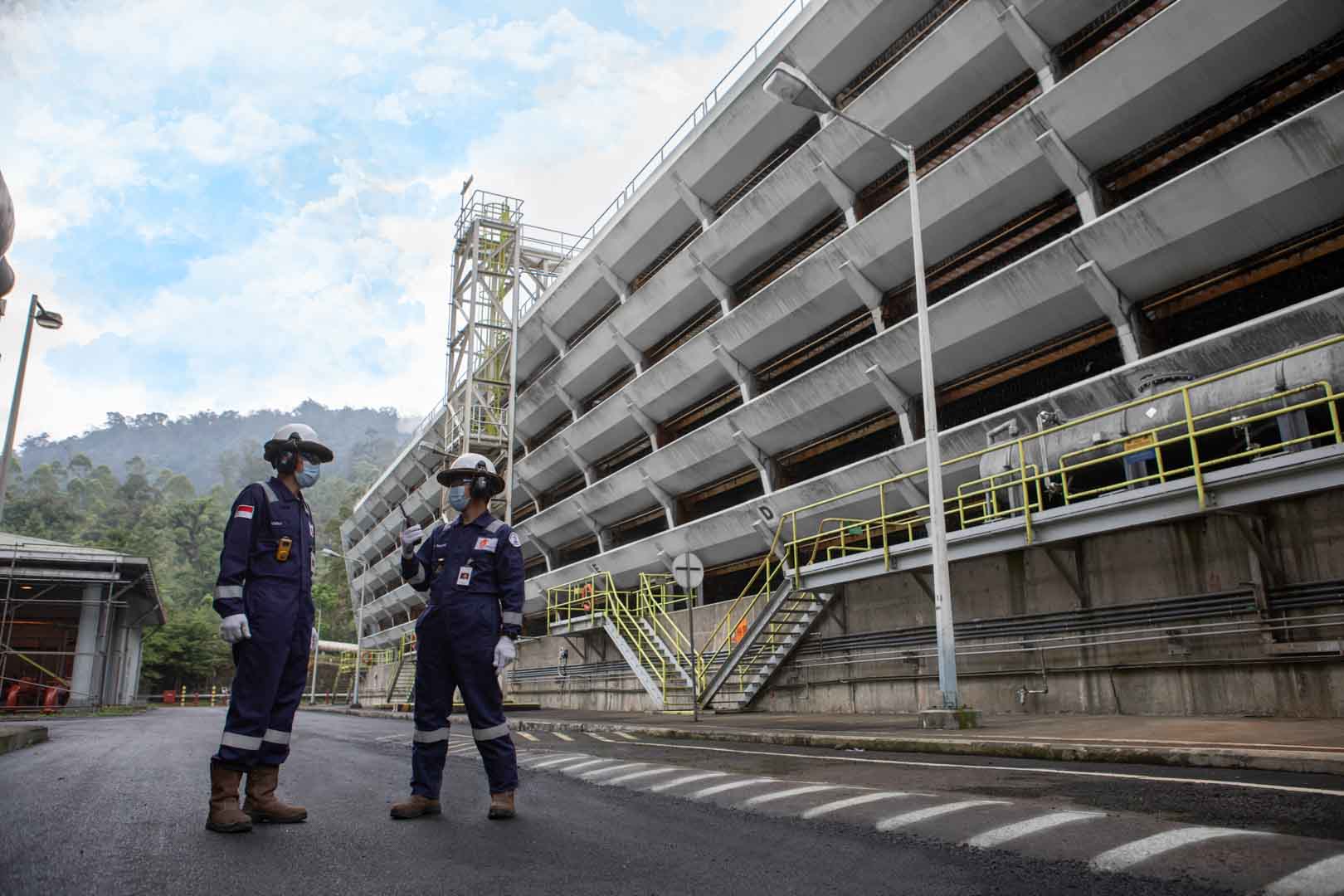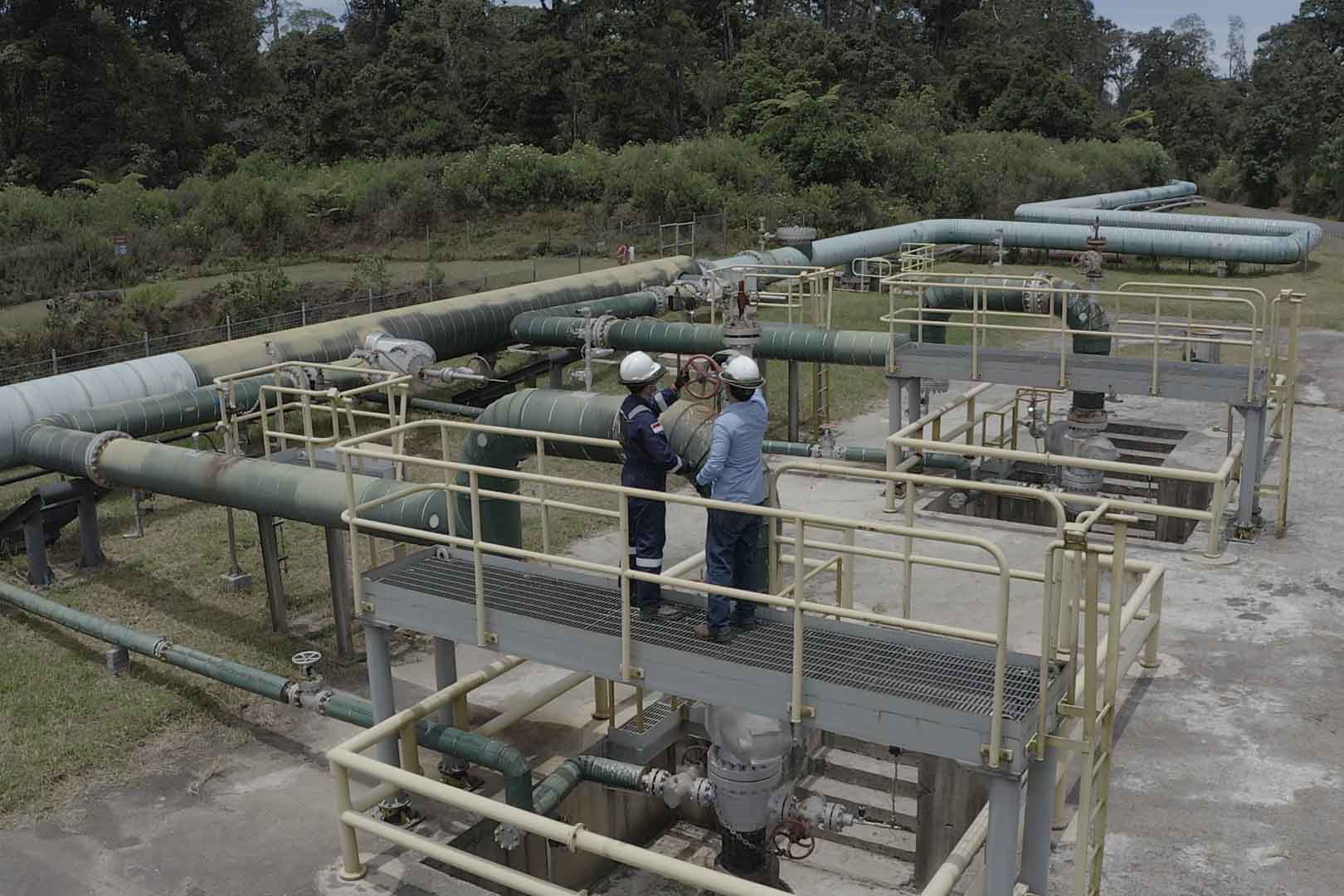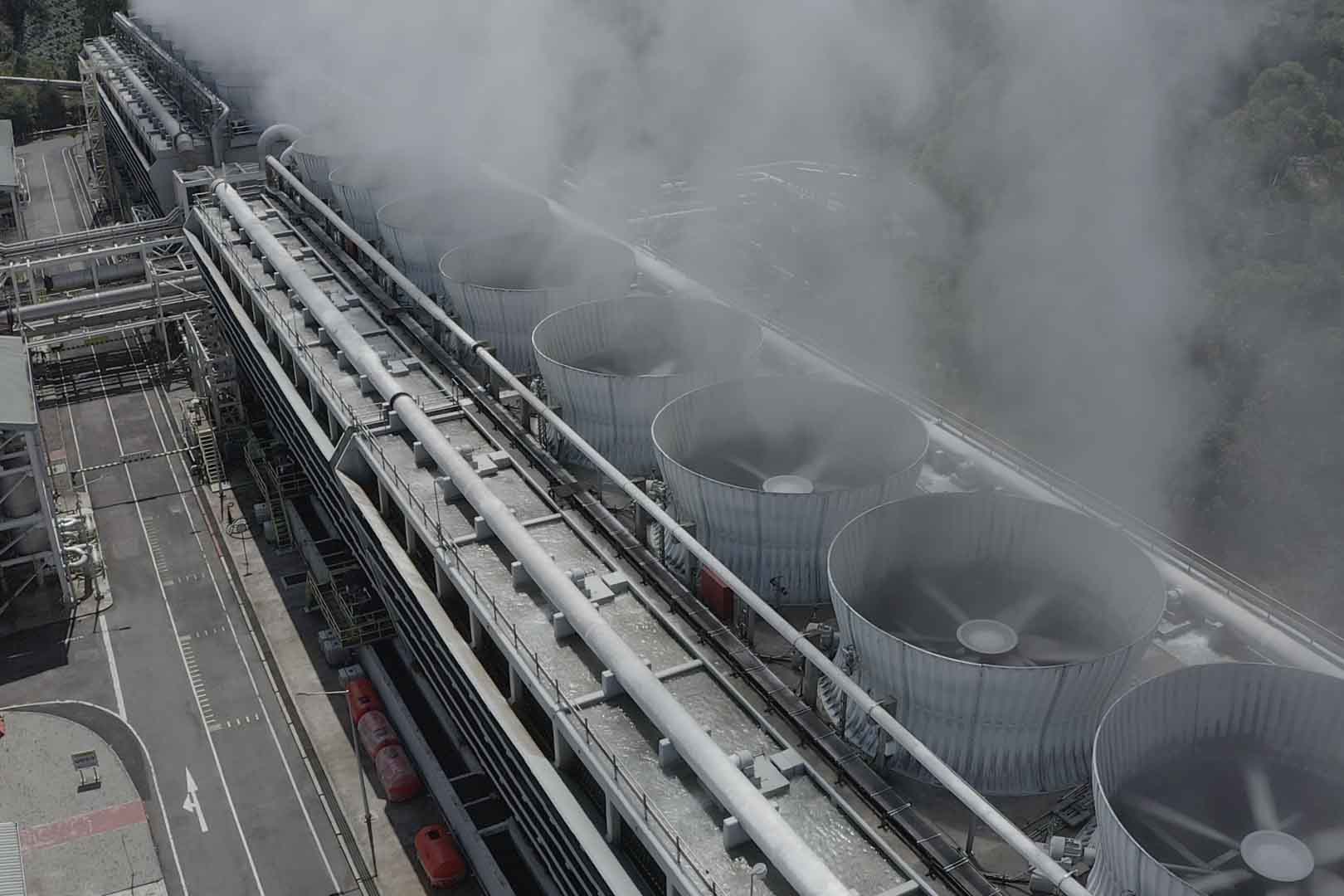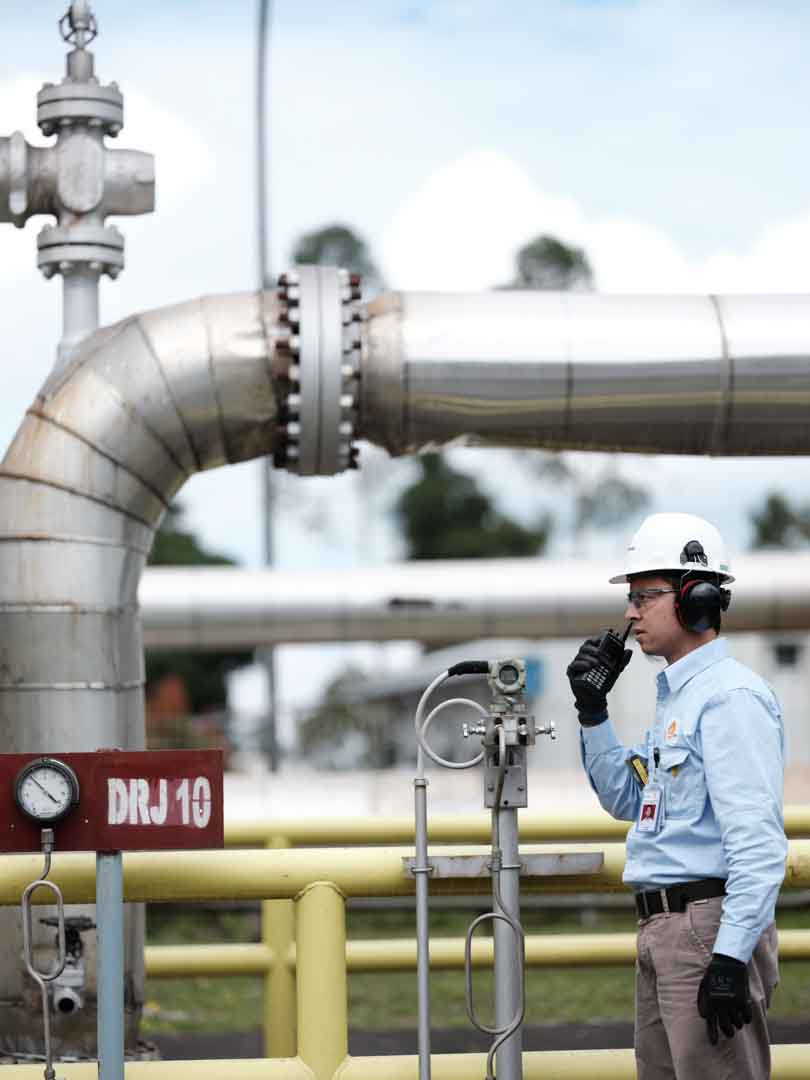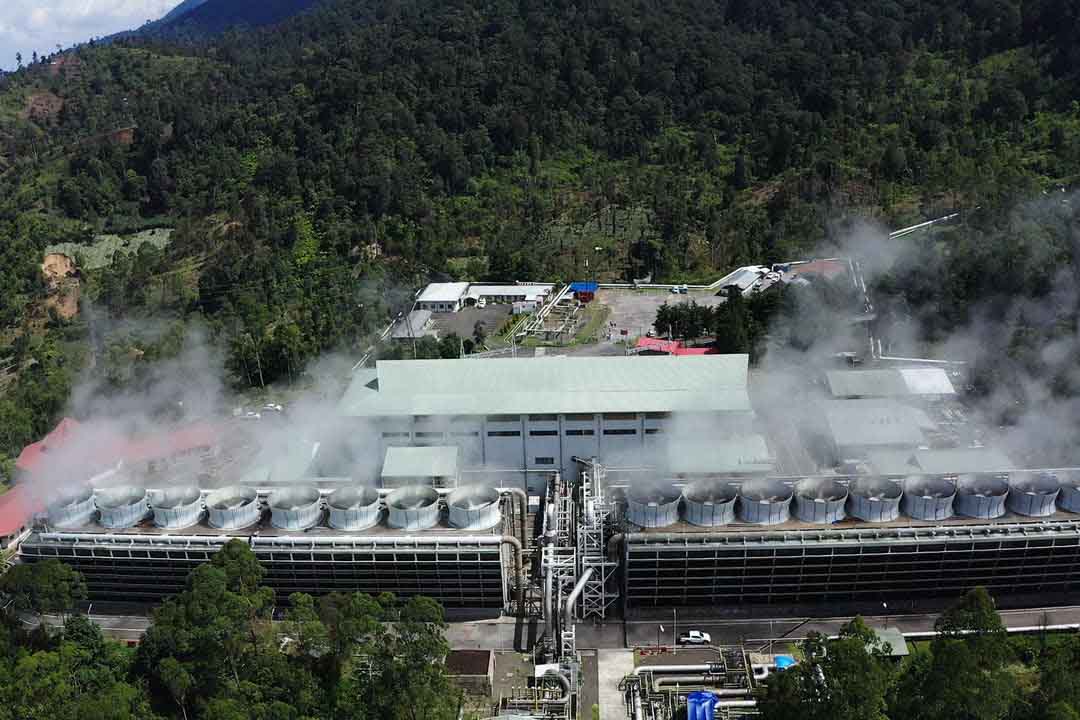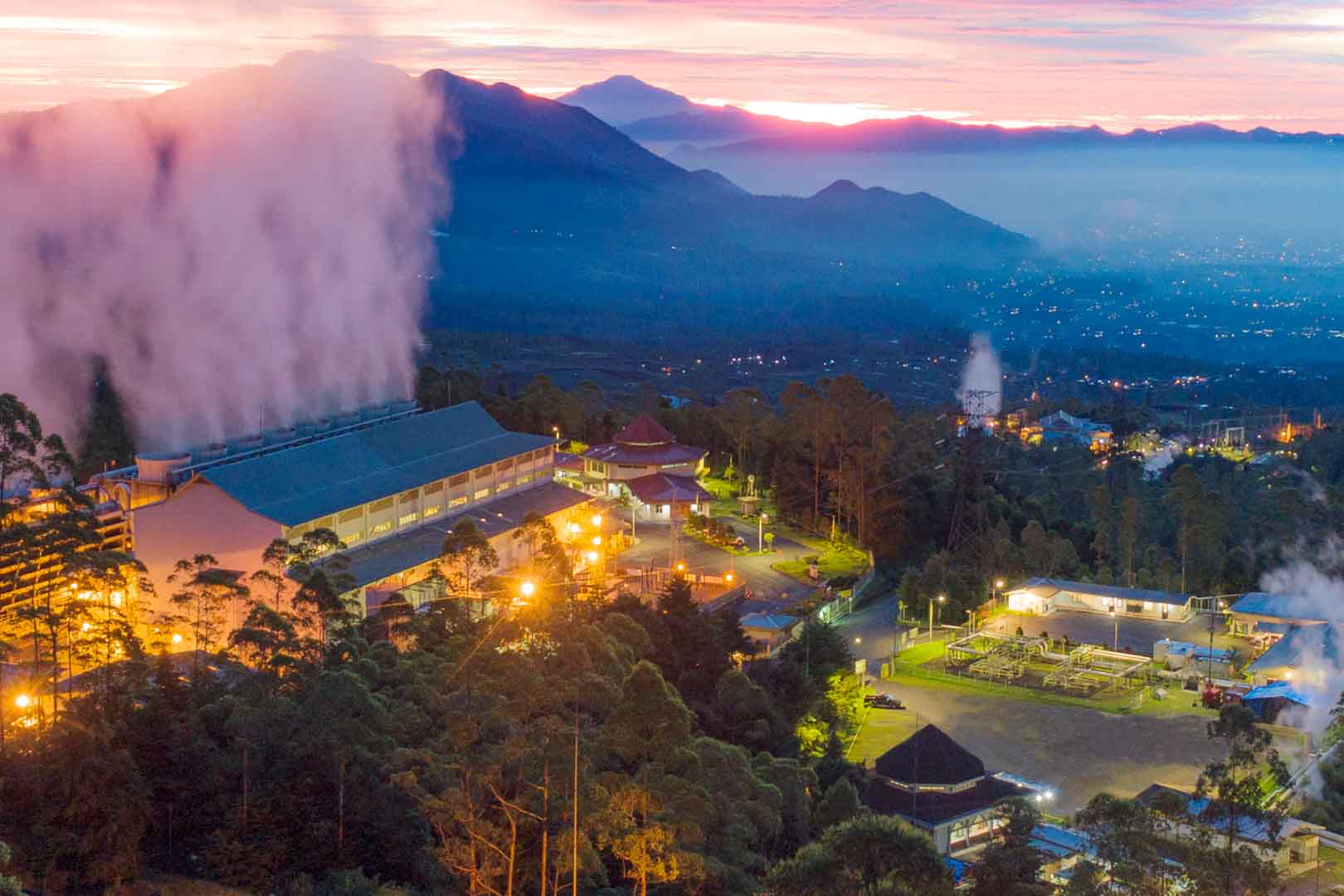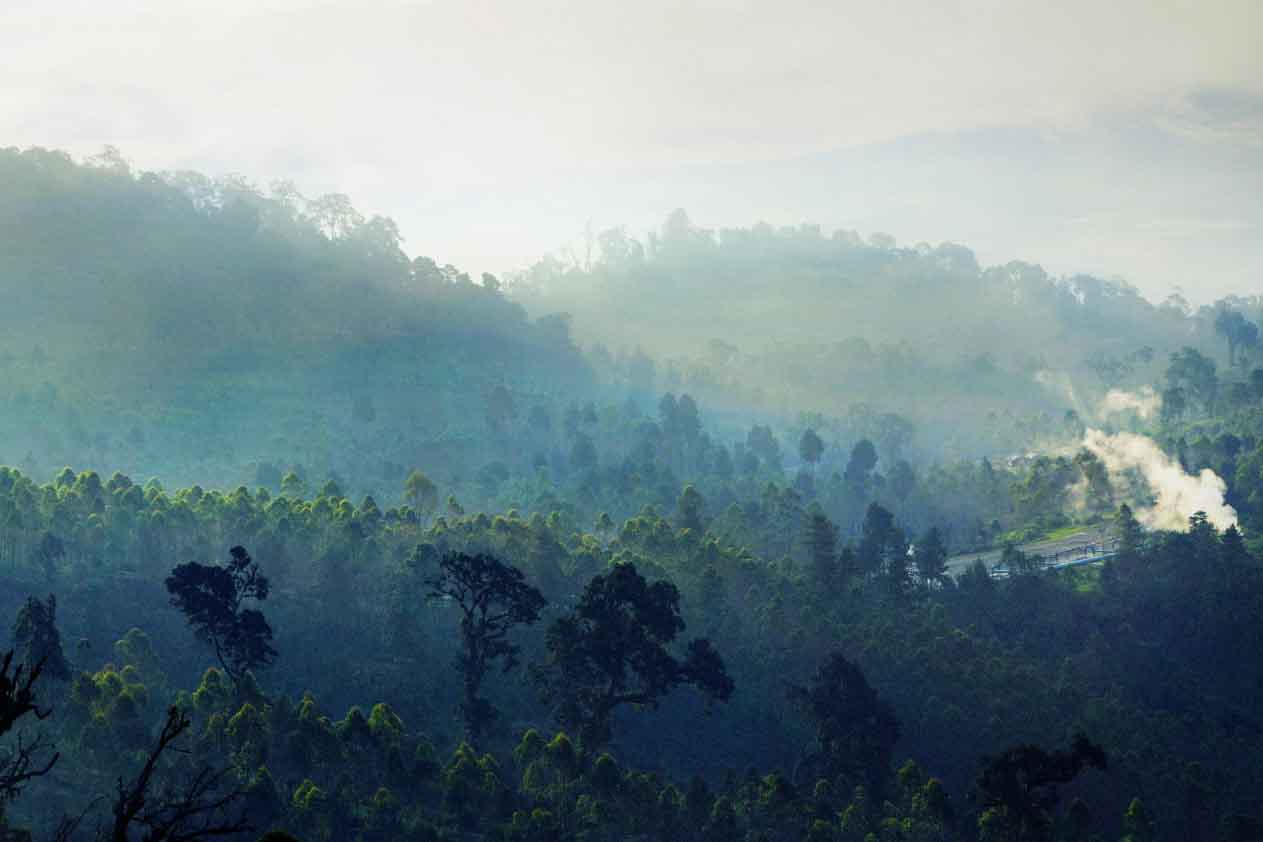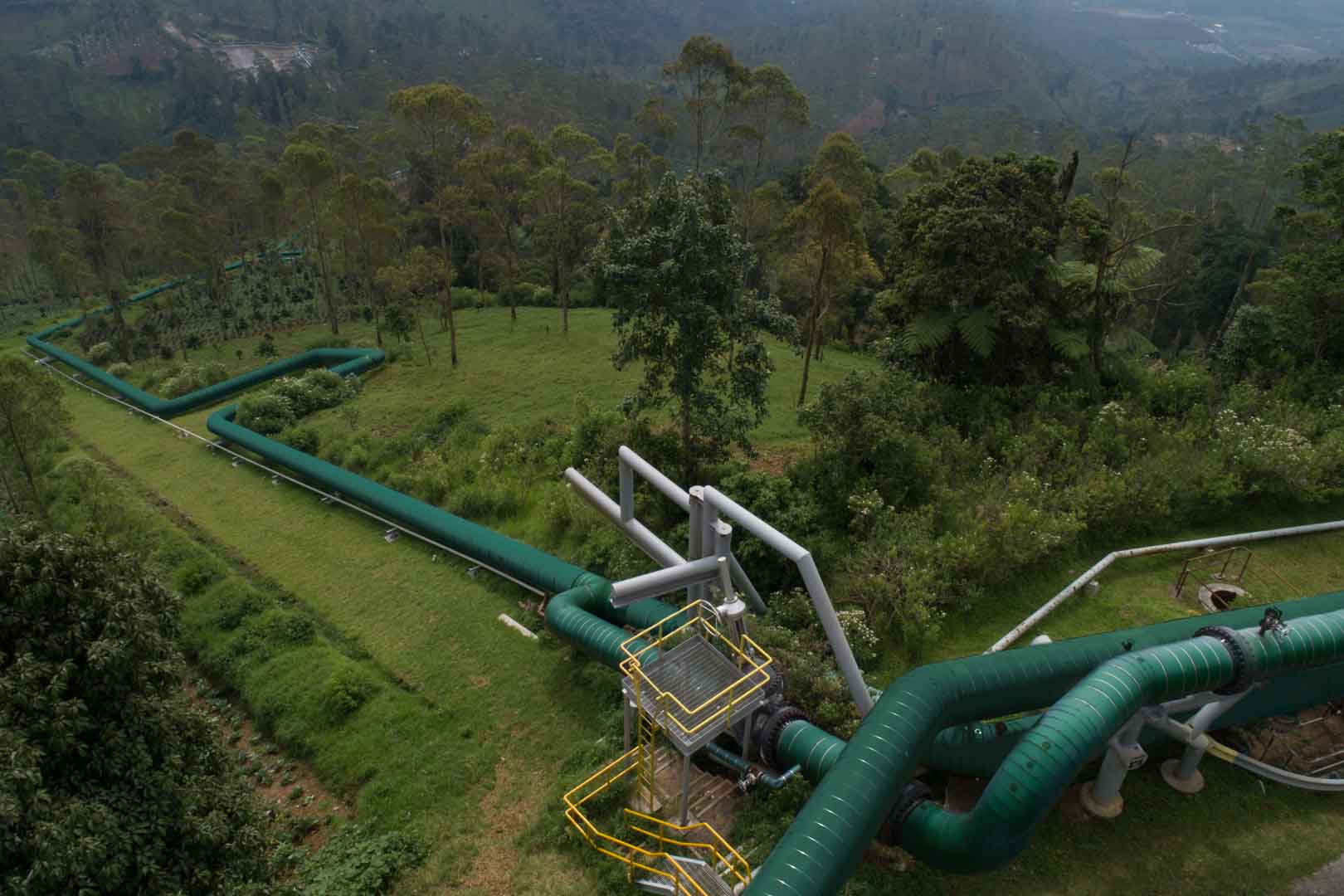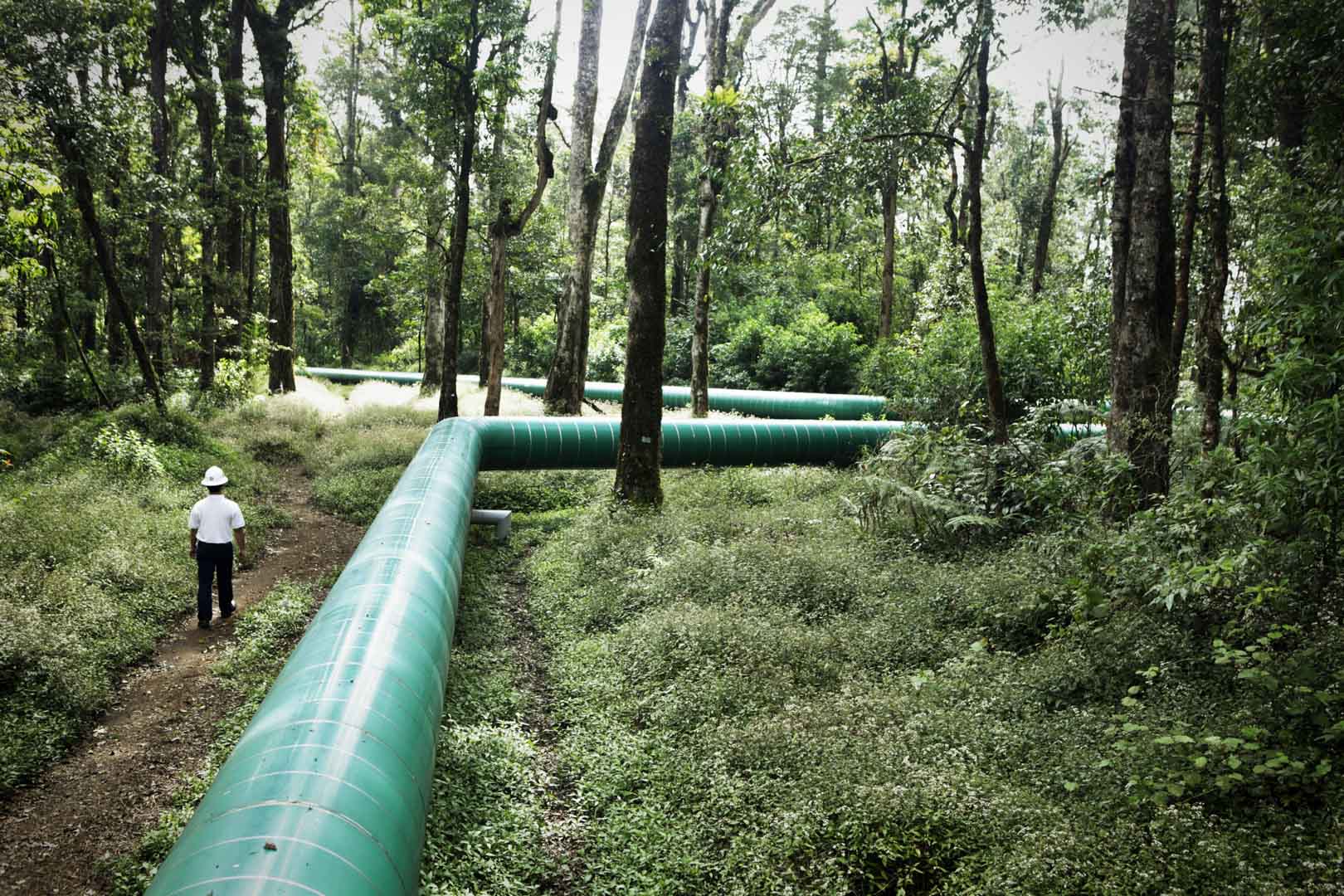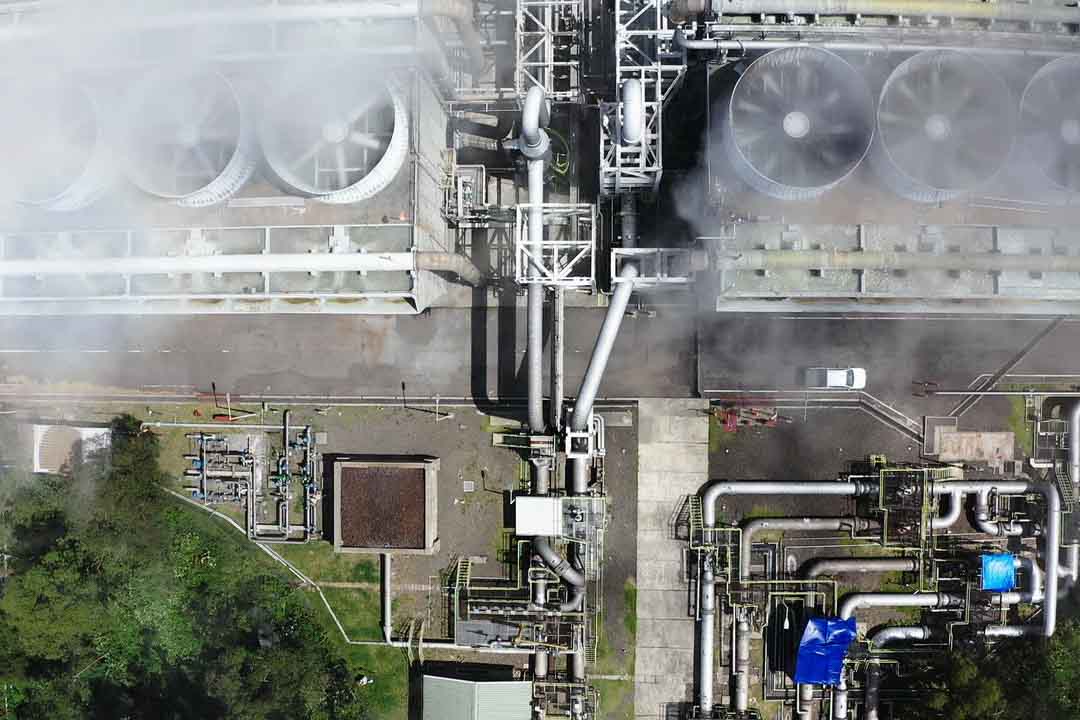Geothermal energy for growing energy demand
About 150 km southeast of Jakarta in West Java, the Darajat area is an ideal location for geothermal power since it is characterised by a mountain range formed by volcanic activities. By installing a 121 MW geothermal power plant the project provides renewable energy to the Java-Madura-Bali (JAMALI) grid since 2007.
This way, the project helps to meet the growing demand for electricity in Indonesia. By increasing the share of renewable energy, the dependence on fossil fuel-based electricity decreases, and about 705,390 tonnes of CO2 emissions are saved per year. Using the latest in high angle drilling the project activities only comprise a small area and require minimal land utilization. The project poses a major investment in the area that also provides employment for locals and educational initiatives for workers and high school students.
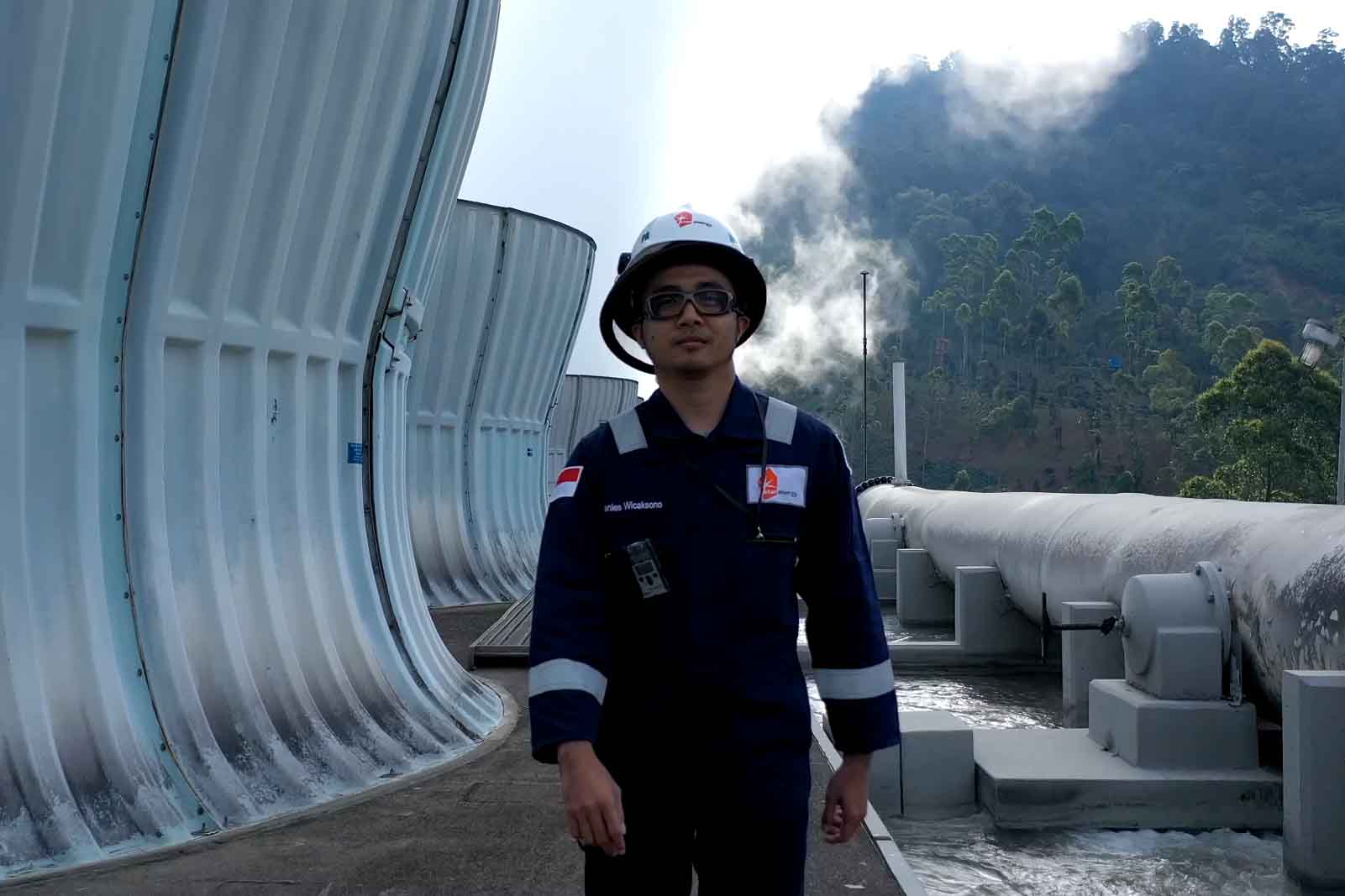
Geothermal power plants create emission-free energy from ground heat. The ground heat is used to heat water, and the resulting steam is used to drive turbines. The growth of renewable energy production is essential in limiting global warming and securing energy supplies for the future. The amount of emissions saved by a geothermal project is calculated using the baseline method: how much CO2 would be released by generating the same amount of energy using standard energy production methods for the region? Geothermal energy projects in the ClimatePartner portfolio are registered with international standards.
TypeReduction
LocationIndonesia, Darajat
StandardCDM
TechnologyGeothermal energy
Registry ID673
Verified byBureau Veritas Certification Holding SAS
Validated byERM Certification and Verification Services
Estimated annual emission reductions705,394 t CO₂
Four criteria for projects to meet quality thresholds
The life cycle of a climate project
A climate project has a set life cycle consisting of various phases, from the feasibility assessment to the retirement of Verified Emission Reductions (VERs).The project developer reviews the general feasibility of the project, the project design, and the financing. Then, the Project Design Document (PDD) is prepared, which contains all the basic information about the project, such as the objective, location, timeline, and duration.
In this phase, independent auditors examine the PDD and the information it contains. This phase often also involves field visits with on-side interviews and analyses. Auditors are accredited, impartial assessors who have to be approved by the relevant standard as a validation and verification body (VVB). TÜV Nord/Süd, S&A Carbon LLC., and SCS Global Services are examples of VVBs."
Once validated, the project can be registered with a standard such as the Verified Carbon Standard or the Gold Standard. All high-quality climate projects are based on international standards. They provide the framework for project design, construction, carbon accounting, and monitoring. Recognised standards make the climate project system and the projects themselves resilient, traceable, and credible.
After the climate project has been registered, the monitoring begins. Here, the project developers monitor and document the data of the project activities and progress. The duration of the monitoring phase varies from project to project: it can cover two years, but documentation over five or seven years is also possible.
At the end of each monitoring phase, a VVB checks and assesses whether the values and project activities stated in the monitoring report are correct. As with validation, visits to the project site are often part of the verification process.
Once verified, the emission reductions that were confirmed in the verification phase can be issued as VERs. The steps of monitoring, verification, and issuance of VERs are repeated regularly and are therefore considered as a cycle.
Once a VER has been used, it must be retired. This process is also reflected in the registry. If the financing of a climate project is done through ClimatePartner, the VERs are bundled in a system certified by TÜV Austria and then retired on a regular basis. This ensures that each VER can no longer be sold and is only used once, preventing double counting.
Explore our projects
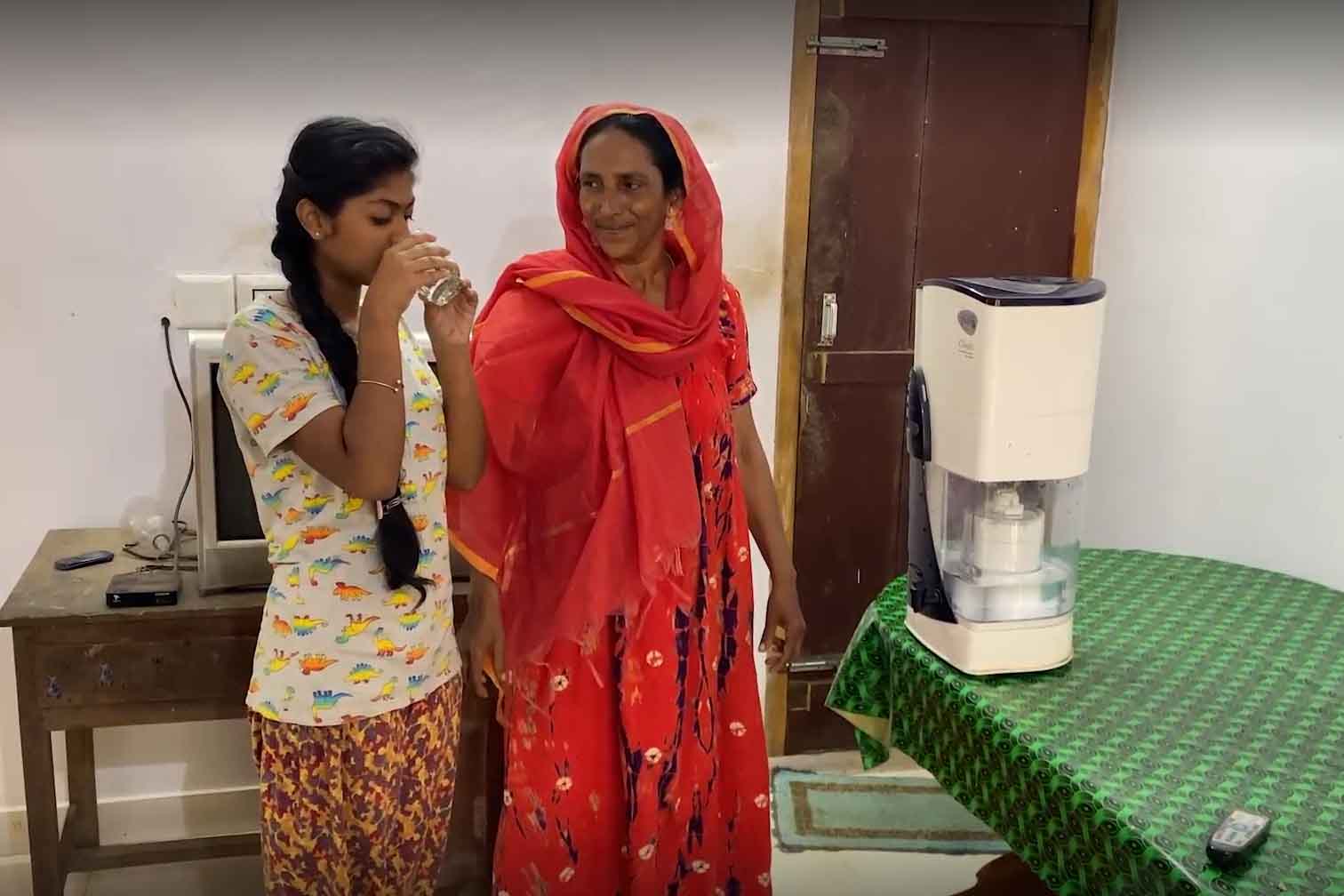
Enabling women in at-risk communities to make the transition to clean energy
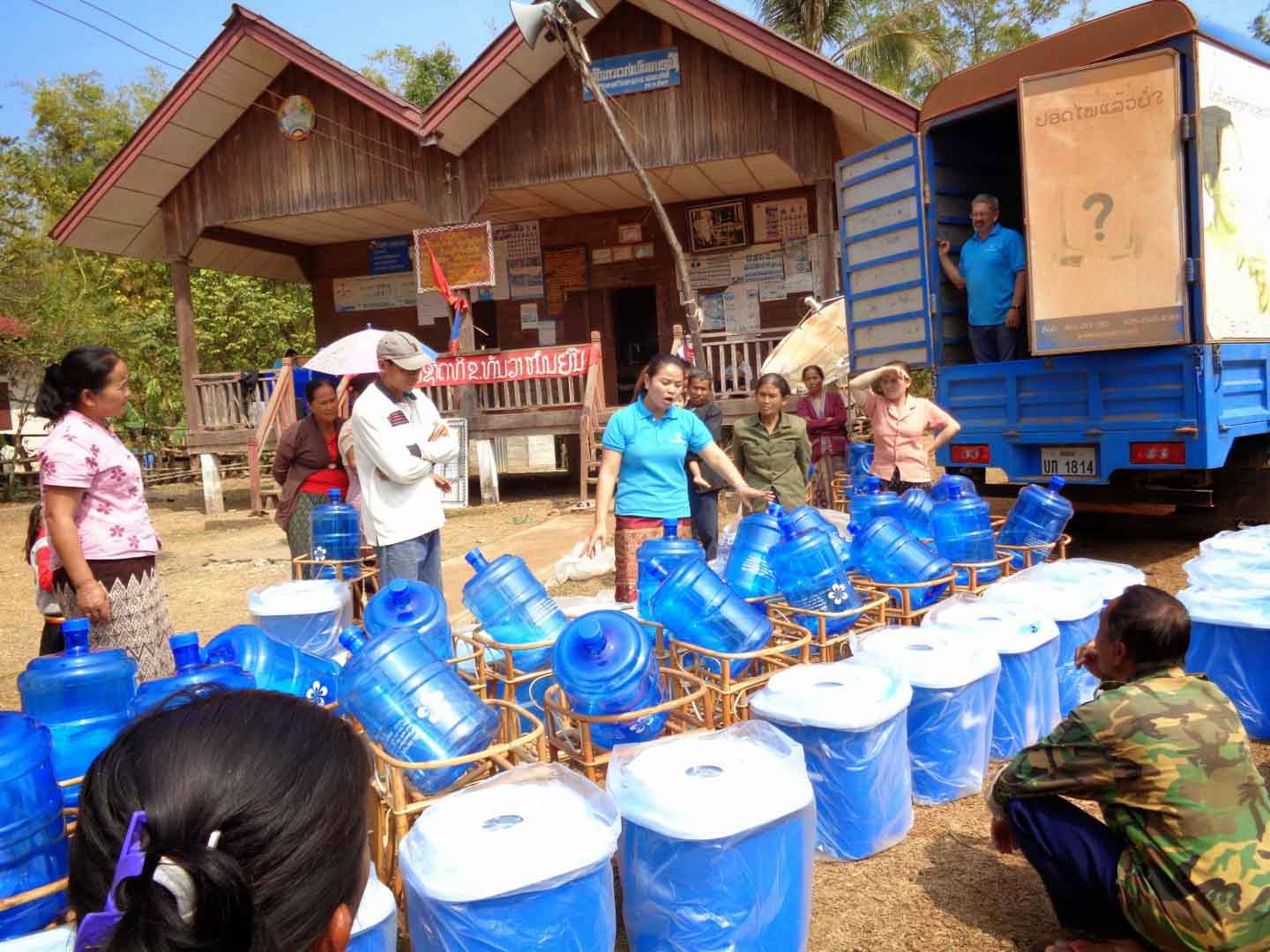
Ceramic water filters save CO2 and improve health
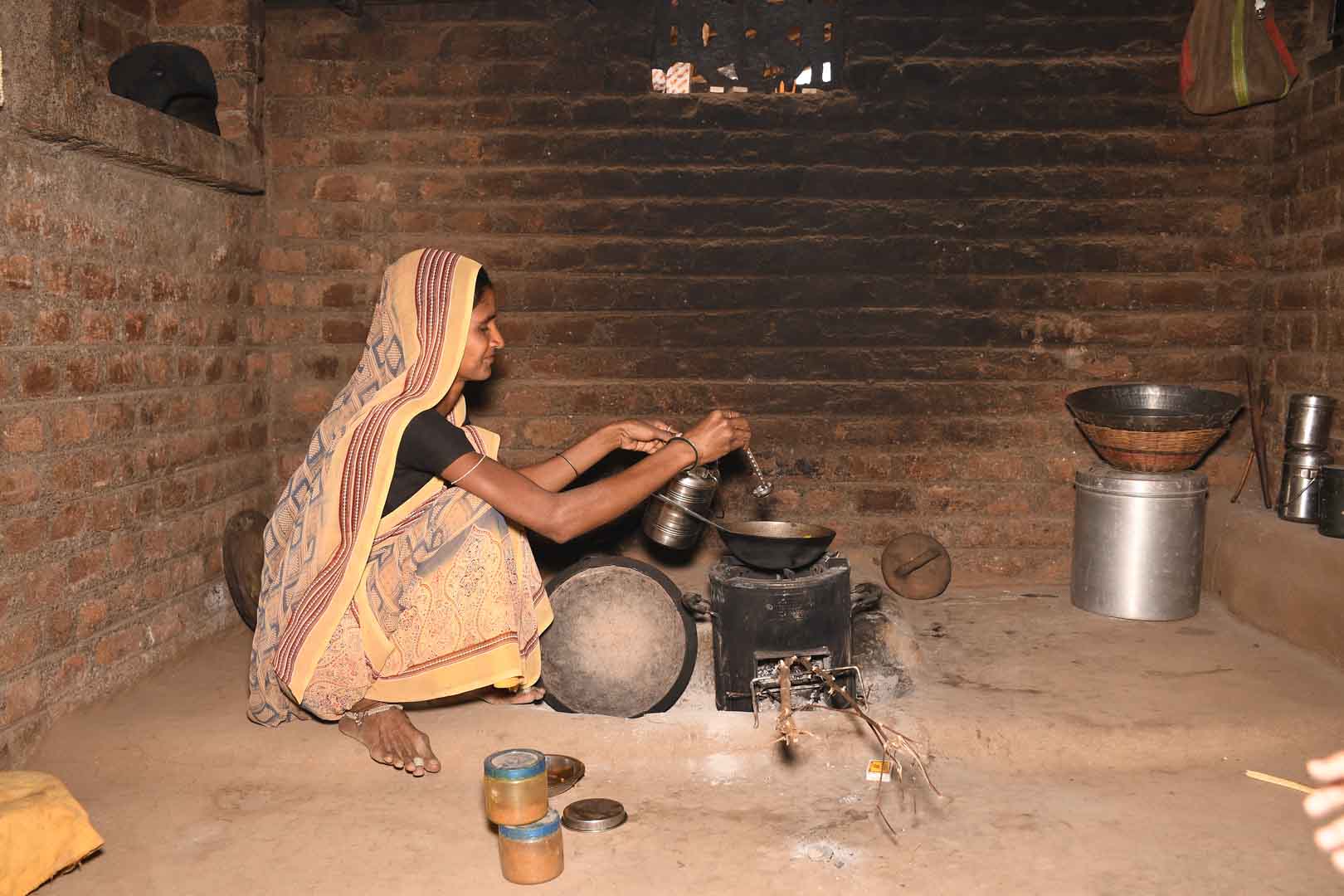
Improved cookstoves worldwide – for better health and cleaner air
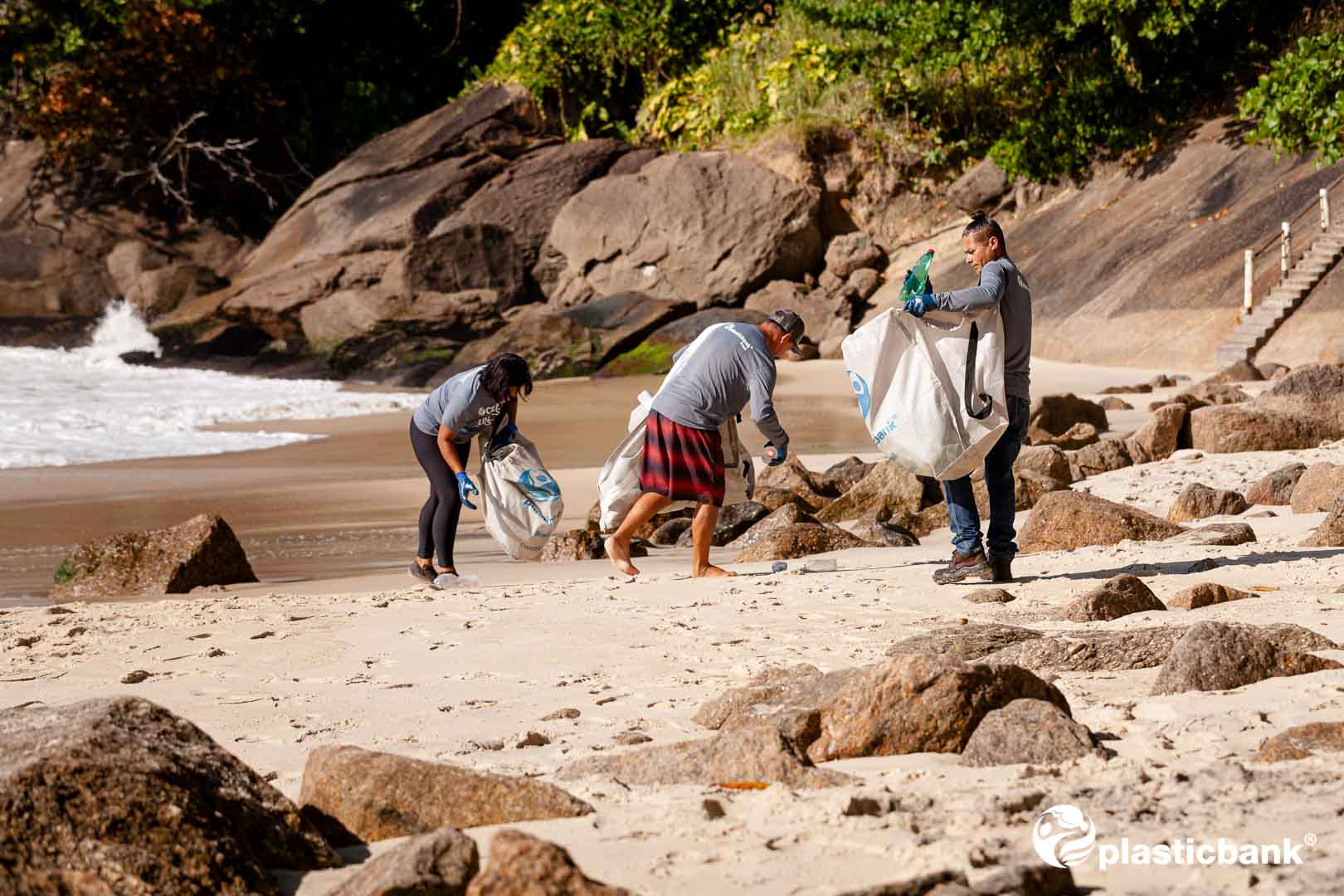
A certified climate project combined with additional commitment
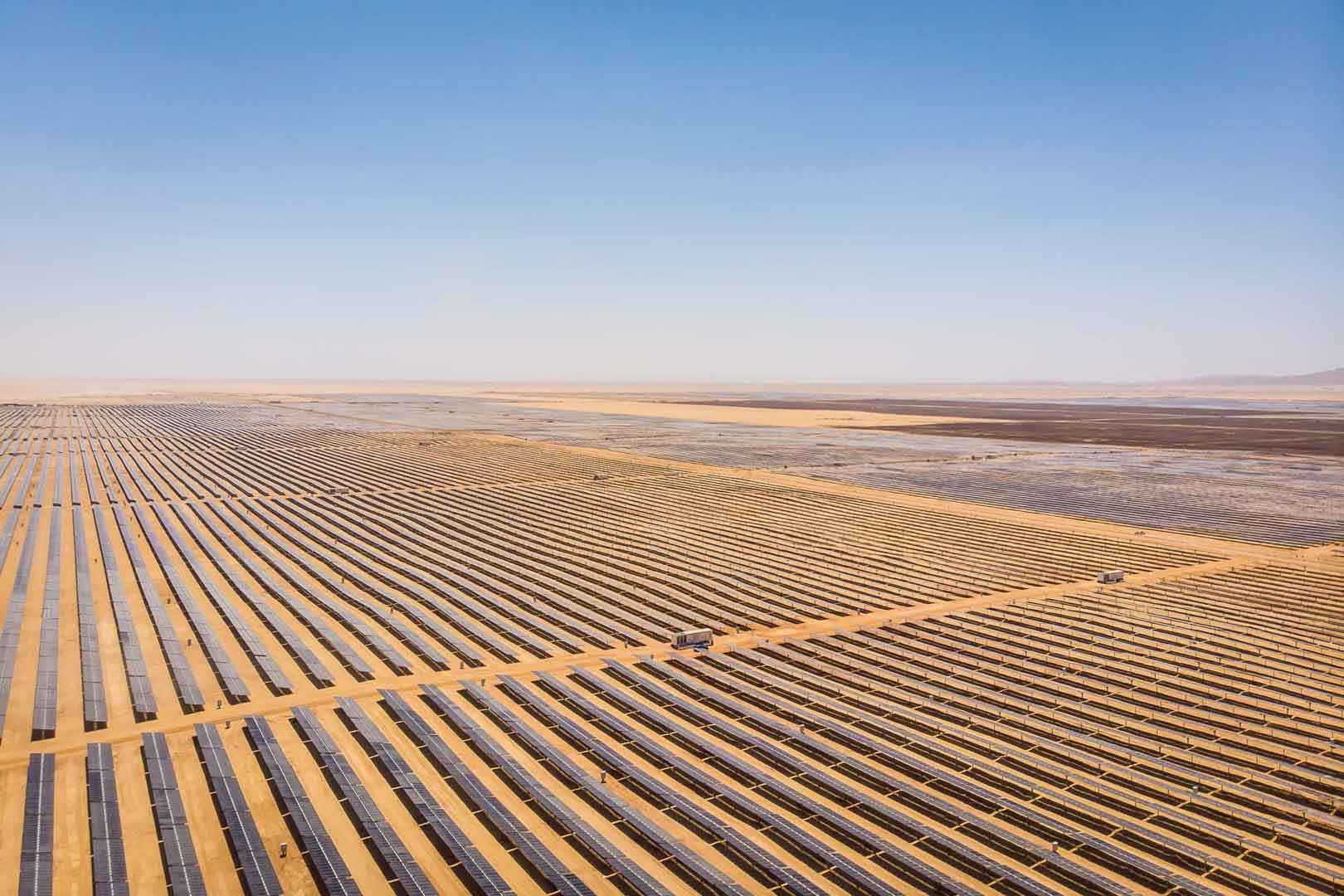
Powering access to green energy in Africa
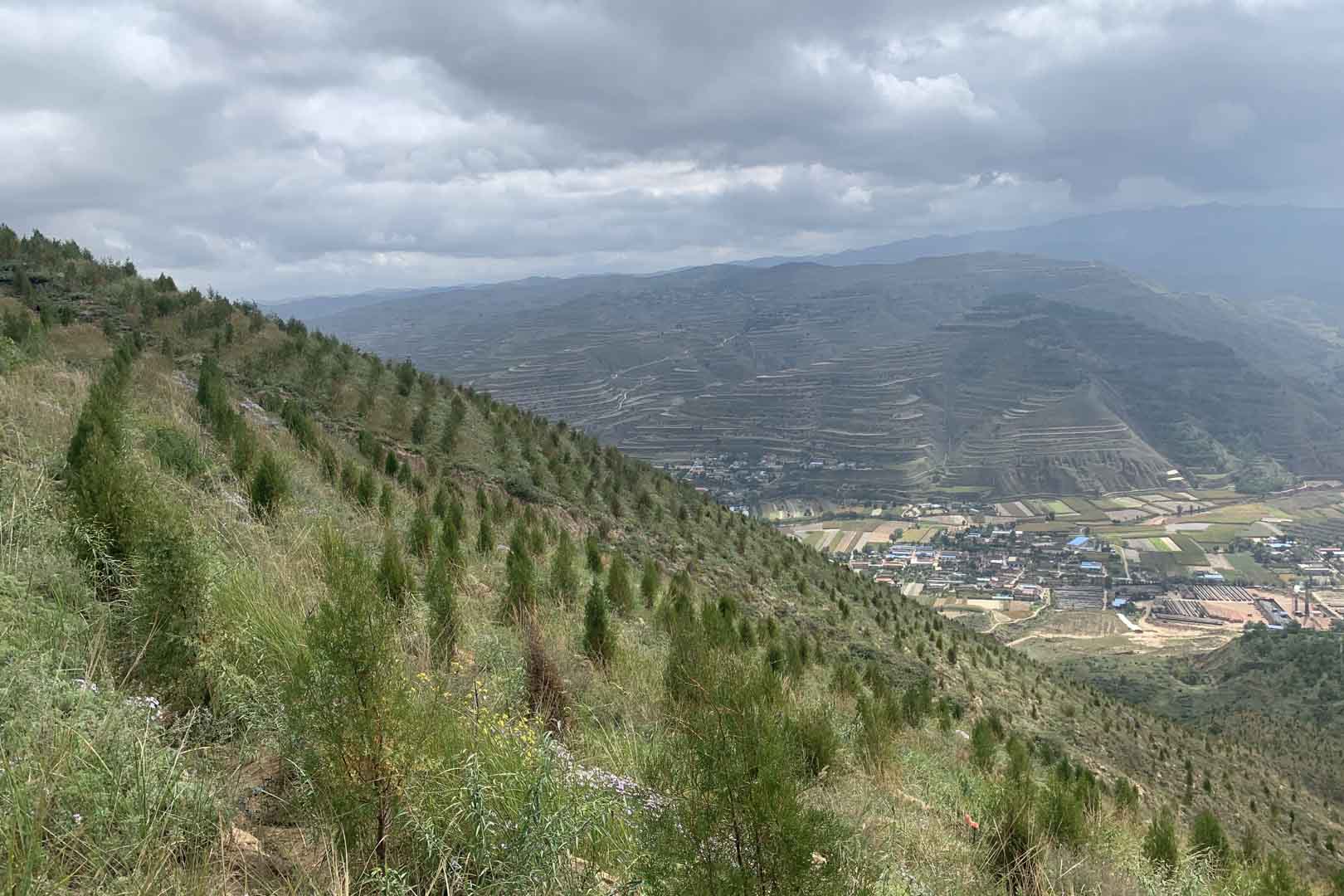
Turning degraded farmlands into healthy ecosystems
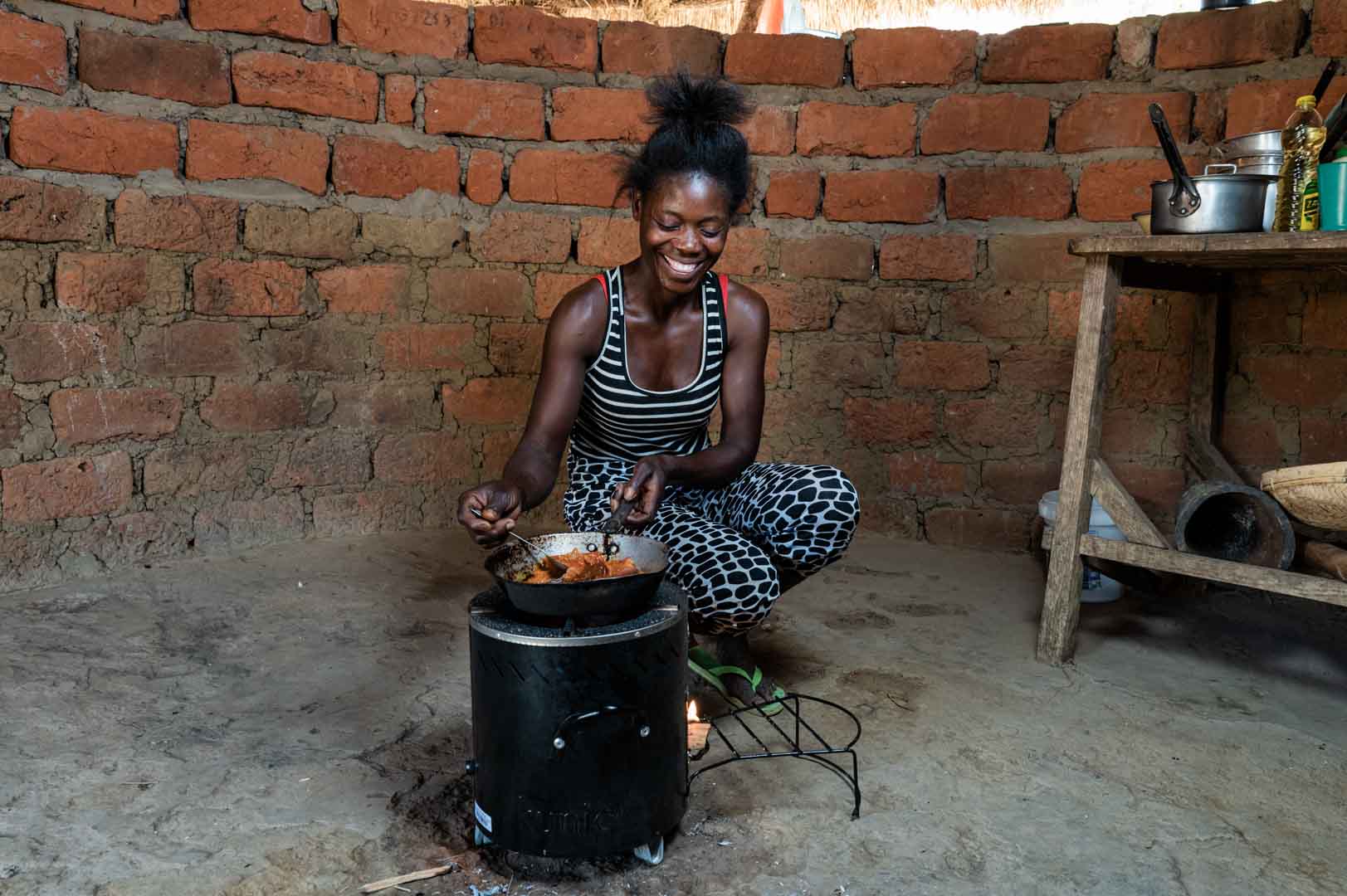
Improved cookstoves - better for health and the environment
